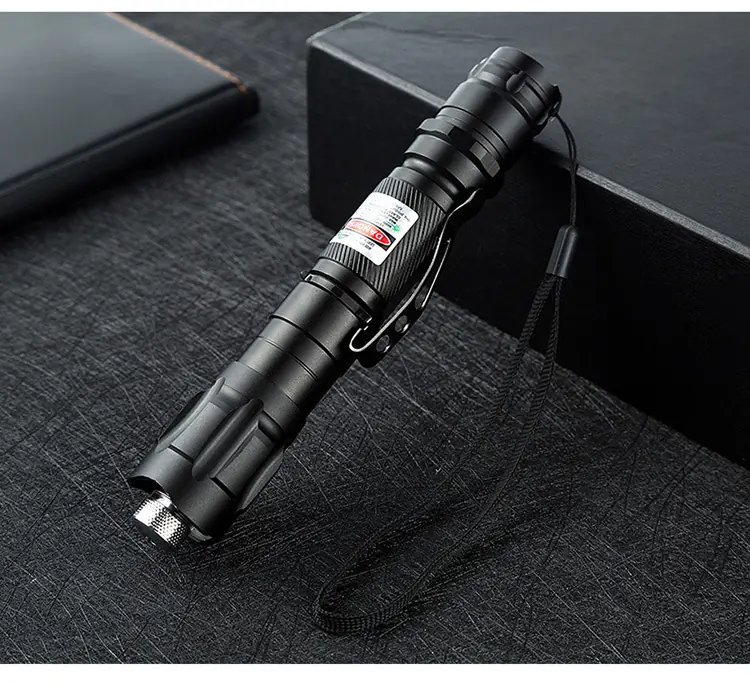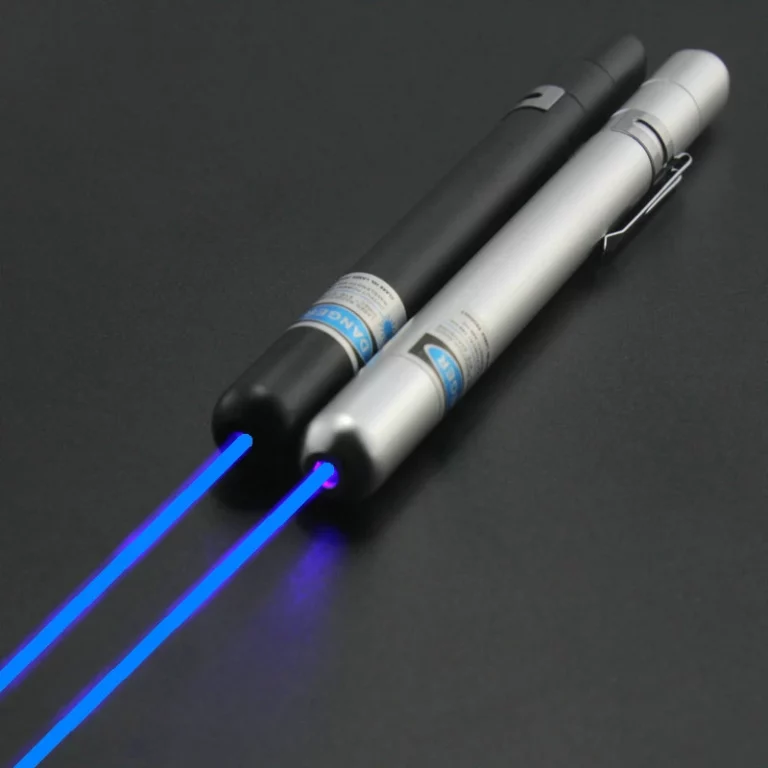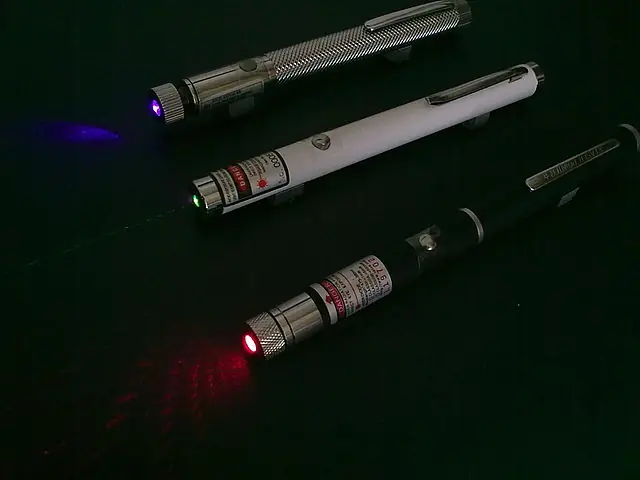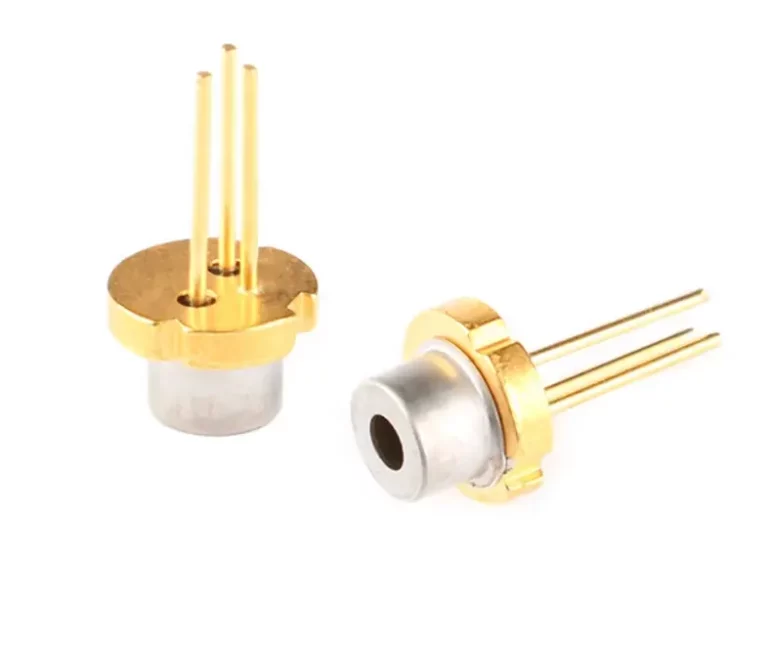3 Things To Know Before Buying A Laser Pointer

Laser pointers are a popular tool for presentations, pointing out objects at a distance, and even as a toy for pets. However, it is important to understand the science behind laser pointers before making a purchase. Here are three things you need to know before buying a laser pointer:
- Laser Classification
Laser pointers are classified by the Food and Drug Administration (FDA) based on their potential for causing eye injury. Class II and Class IIIa lasers are considered safe for general use, but Class IIIb and Class IV lasers can be dangerous and require additional safety precautions. It is important to check the laser classification before purchasing a laser pointer, as Class IIIb and Class IV lasers are not legal for general use and can cause serious eye damage.
- Wavelength and Power
The wavelength of a laser is the distance between the peaks of the electromagnetic waves that make up the laser beam. Different wavelengths of laser light can be absorbed differently by different materials, making certain wavelengths more effective for certain tasks. For example, green lasers are more visible to the human eye than red lasers, but red lasers are more effective at cutting through materials like paper and plastic.
The power of a laser is measured in milliwatts (mW) and determines how strong the laser beam is. Higher power lasers can cause more eye damage, so it is important to consider the power of the laser pointer before purchasing.
- Laser Safety Precautions
Laser pointers can be dangerous if not used properly. It is important to follow safety precautions when using a laser pointer to prevent eye injury. Some precautions include:
- Never shine a laser pointer at someone’s face or eyes
- Do not point a laser pointer at reflective surfaces like mirrors or windows
- Keep laser pointers out of reach of children
- Do not look directly into the laser beam
In summary, it is important to understand the laser classification, wavelength and power, and safety precautions before buying a laser pointer. By following these guidelines, you can ensure that you are using a safe and effective tool.





